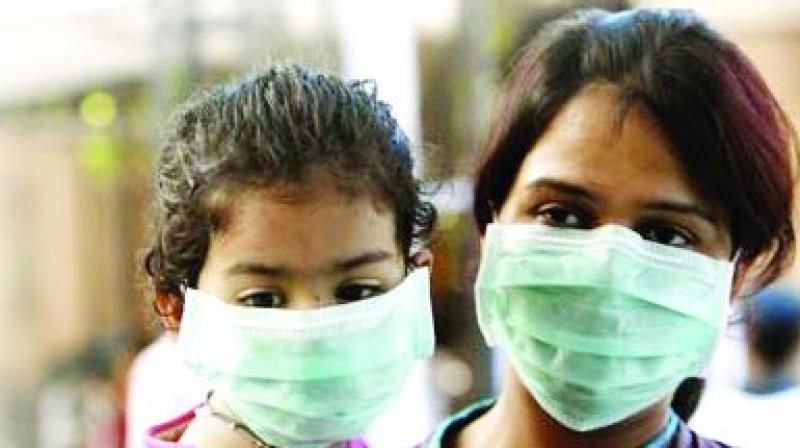New genetic mutations make swine flu virulent
Good hygiene practice can prevent spread of infections.

Visakhapatnam: The H1N1 influenza (swine flu) virus is undergoing genetic mutations, making it more virulent and resistant to conventional treatment. Several studies have found evidence of genetic mutation of the virus and of new strains. The new viral morphology prevents the antibodies, which were developed against the older strains, from recognising the new strains and binding them against the virus.
Earlier, studies had detected possible D222G mutation in HA (hemagglutinin) gene of Indian isolates of swine flu virus. According to a study by the Massachusetts Inst-itute of Technology, one of the new mutations is in an amino acid form called D225 that’s linked with increased disease severity. Another mutation, in the T200A position, allows hemagglutinin to bind more strongly to glycan receptors, making the virus more infectious.
Dr. P. Ramana Rao, an integrated practitioner at the Varam’s Multi-specialty Hospital, commented that swine flu has been a “self-limited” illness. “The influenza viruses undergo constant changes. But all these tiny genetic changes can accumulate over time and forms new strains different from the earlier ones. Eventually, the immune system stops responding against the new strains of the virus. Once the lower ambient temperature during the winter is gone, the virus will slowly lose its ground. There has been no need to panic over the swine flu as it has been a treatable condition,” said Dr. Ramana Rao.
The first positive case of H1N1 was reported in May 2009 and by the end of the year 2010, about 1,763 deaths were reported. Since then, the swine flu virus that caused the pandemic in 2009 continued to circulate as some outbreaks/sporadic cases were reported from different parts of the country. The country experienc-ed the worst wave of the pandemic in 2015 by registering more than 42,000 cases and witnessing about 2,990 deaths.
According to researche-rs, different strains of sw-ine flu have been circulating in India, including in-fluenza A (H3N2), influenza B, seasonal influenza A (H1N1), influenza A (H1N1), pdm09 virus (pH1N1), etc. What makes the swine flu cases more bewildering is the onset of symptoms similar to the common flu — such as fever, cough, sore throat, body aches, fatigue, diarrhoea and vomiting.
District epidemiologist and nodal officer for swine flu, Dr. L. Kalyana Prasad, said the most effective way to prevent the spread of infections is to practice good hygiene. “It’s better to avoid close contact with an infected person and cover the mouth and nose while coughing and sneezing. Frequent washing of hands and getting checked in case of high fever and breathlessness is crucial. Extra care is needed for children,” said Dr. Prasad.

